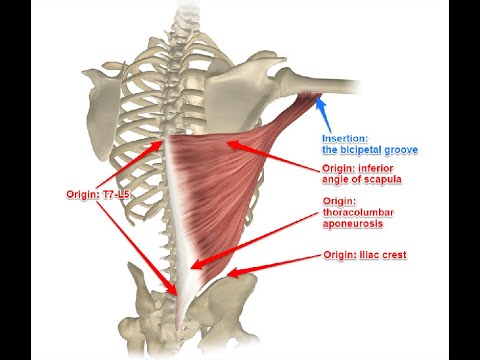What’s With all the Rows?
by Erik Castiglione
Today is day 4 of being reopen. You might notice that your entire posterior feels a little tired, and with good reason! Day 1, we deadlifted heavy. Day 2, pull-ups and rowing. Day 3, renegade rows. And day 4, more rowing. If you look at the coming week, we have row variations, high pulls, and more rowing. What gives?
Well, we’re operating under the assumption that many of our members have been working from home, in environments that are less than ideal from an ergonomic standpoint – either hunched over a computer at a desk, or worse, on your couch. This has resulted in a degradation in posture for our members (are you regretting missing the FREE ergonomics workshop we hosted yet?).
Furthermore, many of our members followed some traditional CrossFit programming at home, picking and choosing workouts for fun. While this is great for sanity and staying active, if you look at the movements most commonly associated with CrossFit, the vast majority involve muscles in the front of the body – your anterior chain. Most squat variations require holding the weight in front of you (cleans, front squats, goblet squats, etc.), and most upper body movements require some kind of pressing action (push-ups, press, push press, jerks, dips, etc.).
Furthermore, the most common pulling motion in CrossFit is the pull-up. Pull-ups work the lats, which are the biggest muscles in the back. While this may make it seem beneficial to do ALL the pull-ups, we need to look further. The insertion point of the lats is actually in the arm. Lats help INTERNALLY rotate the shoulders (watch the first 2 seconds of the video below).
Combine the typical pressing and pull-up volume associated with CrossFit with the poor ergonomics from the quarantine, and we’ve made a real mess of our thoracic spine. Since we need good t-spine mobility for proper shoulder function, excessive kyphosis is not a great look for performance. While it takes a combination of soft tissue work, physical therapy, smart strength training, and in some cases chiropractic work to fix this, we can do our part in the gym with some mobility work and strengthening of the upper back.
We’ll be doing stability exercises like planks and variations, rows, rowing, and single arm work to help accomplish this. You’ll also see some band work in your warm-ups. In addition to helping with posture (which we’ve already established is necessary for proper shoulder function, and therefore pressing), a stronger back helps with your presses in another way. When we bench press, the bench provides a stable base from which we can lift. When we press overhead, we don’t have an external base. Instead, our upper back becomes our base. If you’re bigger than Bane, chances are you can press a good amount of weight overhead.
As far as rowing on the erg is concerned, it’s a great way to rebuild our aerobic bases. Whether or not you’ve been active for the last few months, many of our members did not have access to an erg. You may be super-efficient at running and biking now, but rowing is a different beast. If you’re not efficient at that particular modality, it’s going to gas you quickly. We’ll build efficiency through practice, and your aerobic base through intervals, pacing WODs, and mixed workouts involving rows. As you progress, you’ll notice that you recover faster from workouts, and can actually use a row to catch your breath a bit in a WOD.
If you’re still not sold on back training, I’ll leave you with the words of one of my former coaches – he was a former Super league rugby player, strongman, and powerlifter. In his words:
“One of the first things to go on people as they age is the back. Knees as well, but it has been said that 2% of the population has a herniated disc and by the age of 50, and half the population shows signs of degenerative disc disease. While these may or may not be directly related to the musculature of the back, they are a sign that the back is a terrible thing to waste…
In the bench press a thicker back will shorten the bar path from chest to lockout and a proper bench technique always includes activating the lats and squeezing the back together as you actively pull the bar to your chest.
A strong back supports all lifts, from the squat to the deadlift and the upper body pressing lifts. All you have to do is perform a squat with a back that isn’t tight and you will see for yourself how quickly you fail at weights you can do for reps with a tight back, same as for the deadlift. It’s a no-brainer, building a strong back is essential to lifting progress.
Too many people in the gym push back training off in lieu of training more glamour muscles. I do not have a stat for that, but I know you’ve seen this as well: How many people are doing rows compared to bench or biceps? Furthermore, take a look at the “rows” being performed; is anyone really doing them correctly? Hell, are YOU doing them correctly, or are you jerking the bar into your chest like you are performing self CPR?
Training the hell out of your back means a stronger, healthier back and bigger lifts. Period.” [The Ashman Strength System, 2013]




